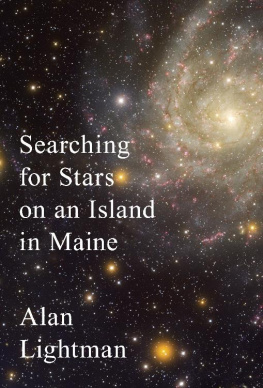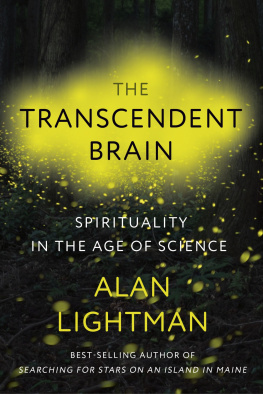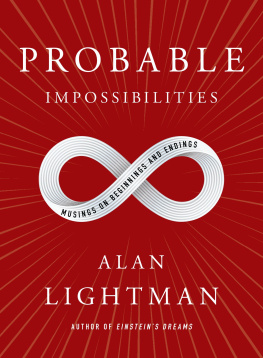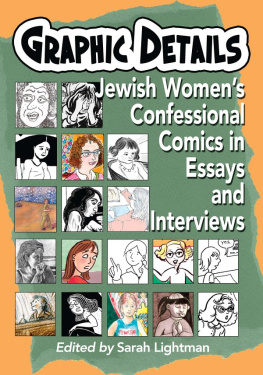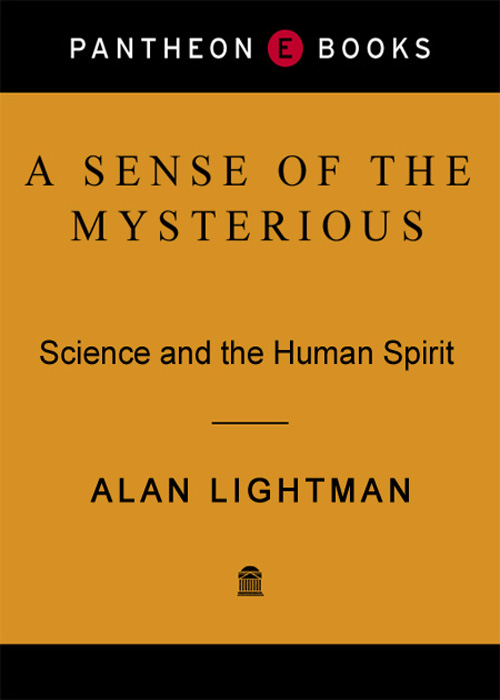
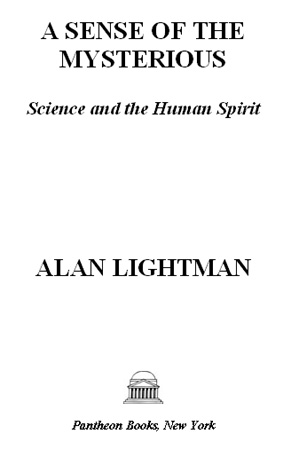
CONTENTS
To my mentors in science,
William Gerace, Robert Naumann,
Martin Rees, and Kip Thorne
A SENSE OF THE MYSTERIOUS
EVER SINCE I WAS a young boy, my passions have been divided between science and art. I was fortunate to make a life in both, as a physicist and a novelist, and even to find creative sympathies between the two, but I have had to live with a constant tension in myself and a continual rumbling in my gut.
In childhood, I wrote dozens of poems. I expressed in verse my questions about death, my loneliness, my admiration for a plum-colored sky, my unrequited love for fourteen-year-old girls. Overdue books of poetry and stories littered my second-floor bedroom. Reading, listening, even thinking, I was mesmerized by the sounds and the movement of words. Words could be sudden, like jolt, or slow, like meandering. Words could be sharp or smooth, cool, silvery, prickly to touch, blaring like a trumpet call, fluid, pitter-pattered in rhythm. And, by magic, words could create scenes and emotions. When my grandfather died, I buried my grief in writing a poem, which I showed to my grandmother a month later. She cradled my face with her veined hands and said, Its beautiful, and then began weeping all over again. How could marks on a white sheet of paper contain such power and force?
Between poems, I did scientific experiments. These I conducted in the cramped little laboratory I had built out of a storage closet in my house. In my homemade alchemists den, I hoarded resistors and capacitors, coils of wire of various thicknesses and grades, batteries, switches, photoelectric cells, magnets, dangerous chemicals that I had secretly ordered from unsuspecting supply stores, test tubes and Petri dishes, lovely glass flasks, Bunsen burners, scales. I delighted in my equipment. I loved to build things. Around the age of thirteen, I built a remote-control device that could activate the lights in various rooms of the house, amazing my three younger brothers. With a thermostat, a lightbulb, and a padded cardboard box, I contructed an incubator for the cell cultures in my biology experiments. After seeing the movie Frankenstein, I built a spark-generating induction coil, requiring tedious weeks upon weeks of winding a miles length of wire around an iron core.
In some of my scientific investigations, I had a partner, John, my best high-school friend. John was a year older than I and as skinny as a strand of 30 gauge wire. When he thought something ironic, he would let out a high-pitched, shrill laugh that sounded like a hyenas. John did not share my interest in poetry or the higher arts. For him, all that was a sissyish waste of calories. John was all practicality. He wanted to seize life by the throat and pull out the answer. As it turned out, he was a genius with his hands. Patching together odds and ends from his house, he could build anything from scratch. John never saved the directions that came with new parts, he never drew up detailed schematic diagrams, and his wiring wandered drunkenly around the circuit board, but he had the magic touch, and when he would sit down cross-legged on the floor of his room and begin fiddling, the transistors hummed. His inventions were not pretty, but they worked, often better than mine.
Weekends, John and I would lie around in his room or mine, bored, listening to Bob Dylan records, occasionally thinking of things to excite our imaginations. Most of our friends filled their weekends with the company of girls, who produced plenty of excitement, but John and I were socially inept. So we listened to Dylan and read back issues of Popular Science. Lazily, we perused diagrams for building wrought-iron furniture with rivets instead of welded joints, circuits for fluorescent lamps and voice-activated tape recorders, and one-man flying machines made from plastic bleach bottles. And we undertook our ritual expeditions to Clark and Fays on Poplar Avenue, the best-stocked supply store in Memphis. There, we squandered whole Saturdays happily adrift in the aisles of copper wire, socket wrenches, diodes, oddly shaped metallic brackets that we had no immediate use for but purchased anyway. Clark and Fays was our home away from home. No, more like our temple. At Clark and Fays, we spoke to each other in whispers.
Our most successful collaboration was a light-borne communication device. The heart of the thing was a mouthpiece made out of the lid of a shoe polish can, with the flat section of a balloon stretched tightly across it. Onto this rubber membrane we attached a tiny piece of silvered glass, which acted as a mirror. A light beam was focused onto the tiny mirror and reflected from it. When a person talked into the mouthpiece, the rubber vibrated. In turn, the tiny mirror quivered, and those quiverings produced a shimmering in the reflected beam, like the shimmering of sunlight reflected from a trembling sea. Thus, the information in the speakers voice was precisely encoded onto light, each rise and dip of uttered sound translating itself into a brightening or dimming of light. After its reflection, the fluttering beam of light traveled across Johns messy bedroom to our receiver, which was built from largely off-the-shelf stuff: a photocell to convert varying intensities of light into varying intensities of electrical current, an amplifier, and a microphone to convert electrical current into sound. Finally, the original voice was reproduced at the other end. Like any project that John was involved in, our communication device looked like a snarl of spare parts from a junkyard, but the thing worked.
It was with my rocket project that my scientific and artistic proclivities first collided. Ever since the launch of Sputnik in October 1957, around my ninth birthday, I had been entranced with the idea of sending a spacecraft aloft. I imagined the blast-off, the uncoiling plume of smoke, the silvery body of the rocket lit by the sun, the huge acceleration, the beautiful arc of the trajectory in the sky. By the age of fourteen, I was experimenting with my own rocket fuels. A fuel that burned too fast would explode like a bomb; a fuel that burned too slow would smolder like a barbecue grill. What seemed to work best was a mixture of powdered charcoal and zinc, sulfur, and potassium nitrate. For the ignition, I used a flashbulb from a Brownie camera, embedded within the fuel chamber. The sudden heat from the bulb would easily start the combustion, and the bulb could be triggered by thin wires trailing from the tail of the rocket to the battery in my control center, a hundred feet away. The body of the rocket I built from an aluminum tube. The craft had red tail fins. It was beautiful. For a launching pad, I used a V-shaped steel girder, pointed skyward at the appropriate angle and anchored in a wooden Coca-Cola crate filled with concrete.
I invited my awed younger brothers and several friends from the neighborhood to attend the rocket launch, which took place one Sunday at dawn at Ridgeway Golf Course. John, who was not in the slightest a romantic and didnt see anything useful about rockets, elected to stay in his bed and sleep. But even so, I had a good audience. Because I had estimated from thrust and weight calculations that my rocket might ascend a half mile into space, some of the boys brought binoculars. From my control center, I called out the countdown. I closed the switch. Ignition. With a flash and a whoosh, the rocket shot from its pad. But after rising only a few hundred feet, it did a sickening swerve, spun out of control, and crashed. The fins had come off. With sudden clarity, I remembered that instead of riveting the fins to the rocket body, as I should have, I had glued them on. To my eye, the rivets had been far too ugly. How I thought that mere glue would hold under the heat and aerodynamic force, I dont know. Evidently, I had sacrificed reality for aesthetics. John would have been horrified.
Next page

